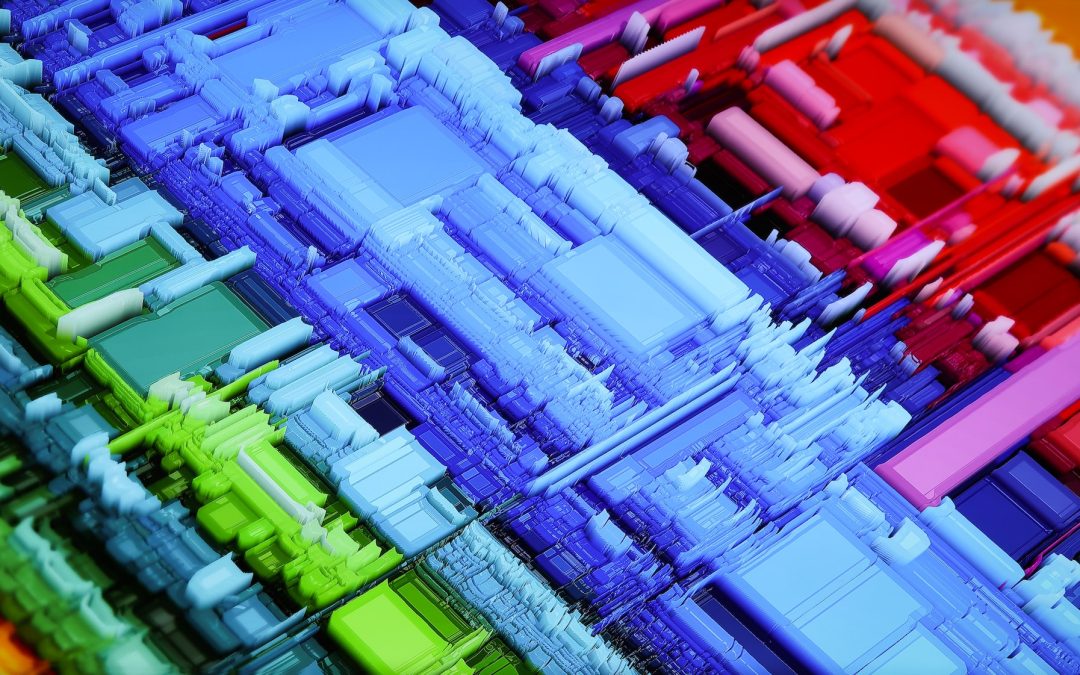Server virtualization technology has been around for over a decade and has become increasingly popular in recent years.
Of course, server virtualization has several advantages. It allows for multiple virtual servers to run on a single physical server, which can significantly reduce the amount of hardware needed to run a data center and lead to significant cost savings on hardware, power, and cooling costs.
There are also some disadvantages to server virtualization. One of the main disadvantages is that virtualization can lead to increased complexity. Virtualization requires specialized software and hardware, and it can be difficult to manage and troubleshoot virtual servers.
Therefore, in this article, we will explain what Server Virtualization is and how it compares to cloud computing. Additionally, we will discuss the different types of server virtualization and the best server virtualization software options.
Finally, we will discuss how server virtualization can improve disaster recovery.
What is Server Virtualization?
Virtualization software can create virtual servers that are identical to physical servers, and these virtual servers can be used for a variety of purposes, such as running applications, hosting websites, and providing storage.
The virtual servers are created using virtualization software, which creates a virtualized environment for the servers to run in.
How Does Server Virtualization Compare to Cloud Computing?
Server virtualization and cloud computing are similar in that they both involve creating virtualized environments for servers to run in. However, there are some key differences between the two technologies.
Cloud computing involves using remote servers to run applications and store data, while server virtualization involves using local servers to create virtualized environments.
Additionally, cloud computing typically involves using a pay-as-you-go model, while server virtualization typically involves using a one-time license fee.
What are the Different Types of Server Virtualization?
There are several different types of server virtualization, including type 1 and type 2 hypervisors, and containerization.
Type 1 hypervisors, also known as native or bare-metal hypervisors, run directly on the host’s hardware. Type 2 hypervisors, also known as hosted hypervisors, run on a host operating system.
A containerization is a form of virtualization that allows multiple isolated applications to run on a single host.
What are the Best Server Virtualization Software Options?
There are several different server virtualization software options available, including VMware ESXi, VMware vSphere, Microsoft Hyper-V, and Citrix XenServer.
Each of these options has its unique features and advantages, and the best option for your organization will depend on your specific needs.
How Can Server Virtualization Improve Disaster Recovery?
Server virtualization can improve disaster recovery in several ways. Virtual servers can be easily backed up and restored, and virtual servers can be quickly moved to new hardware in the event of a disaster.
Additionally, virtualization allows for the creation of disaster recovery sites, where virtual servers can be quickly moved in the event of a disaster.
Houston-based MyITGuy’s Solutions
As a market leader in virtualization management, MyITGuy offers a wide range of solutions for both application and server virtualization. Our team is well-versed in the latest technologies, including VMware EXSi and VMware vSphere, and can provide comprehensive virtualization solutions tailored to your specific needs.
We pride ourselves on our ability to design and implement solutions that meet your business requirements without exceeding your budget.
Trust us to guide you through every step of the process, from initial planning to post-deployment support.


